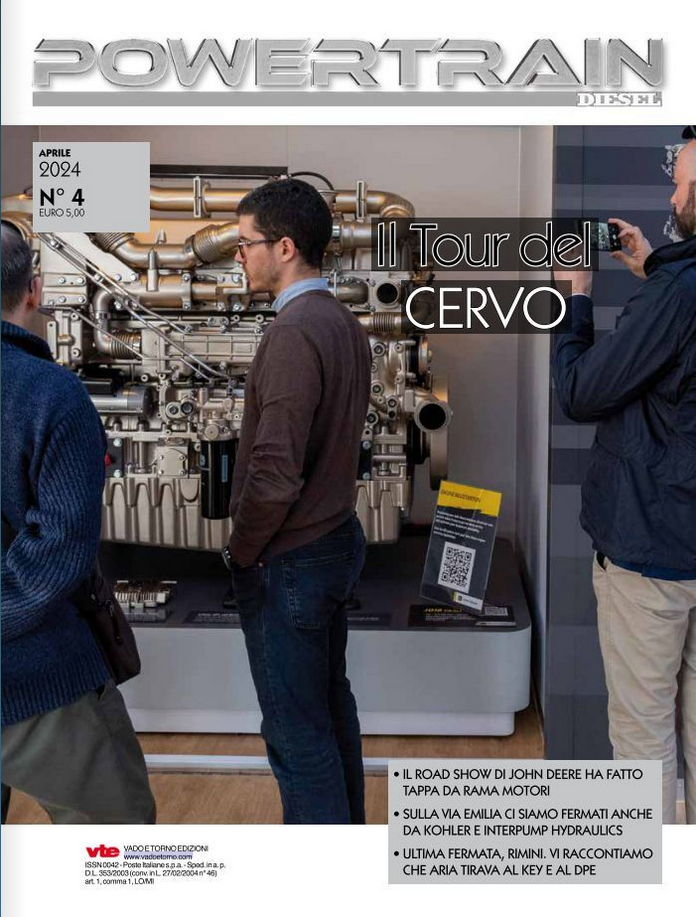
In today’s landscape, where the transition to more eco-friendly technologies seems to mark the end of internal combustion engines, an innovative signal comes from Calabria. The April 2024 issue of “Powertrain” magazine features an article on the groundbreaking “Heart Combustion Engine” by Giuseppe Maria Miceli, capturing the attention of industry experts.

Revolutionizing the Atkinson Cycle
Electronic engineer Giuseppe Maria Miceli has introduced a new interpretation of the Atkinson cycle, optimizing engine combustion and efficiency. By applying an electronic principle known as the Graetz bridge rectifier, Miceli developed a mechanism that completes the entire cycle in a single crankshaft rotation, recovering dissipated energy.
Giuseppe’s son, Aristide Miceli, explains that the name “Heart Combustion Engine” comes from the trajectory generated by an equation that describes a stylized heart shape, adjustable to modify the duration of different phases of the cycle. This innovation allows the engine to be configured with two top dead centers and two bottom dead centers, enabling the intake and expansion phases to be dimensioned with any ratio.
Distinctive Features and Advantages
Compared to conventional engines, the “Heart Combustion Engine” completes the entire combustion cycle in a single crankshaft rotation, unlike the Miller cycle which requires 720 degrees to complete the phases. This new design offers a more effective load distribution thanks to a dual crankshaft, reducing stress on parts and improving control of rotation speeds, thereby reducing fuel consumption, emissions, and exhaust gas temperatures.
Giuseppe Miceli highlights how the cycle has been perfected to design the engine according to specific needs, based on an adjustable ratio between intake and expansion, adaptable to the fuel used.
A Versatile Engine for the Future
Miceli’s innovation is not limited to a single type of fuel. The “Heart Combustion Engine” is fuel-independent, working with gasoline, diesel, biofuels, and even hydrogen. Particularly, the engine is well-suited to hydrogen due to its ability to handle high compression ratios.
Giuseppe Miceli delves into the technology, introducing four dead centers that allow for varying intake, compression, and expansion by changing the crankshaft diameter and gear positions. This design reduces the lateral friction of the piston, enhancing efficiency and engine longevity.
Towards Superior Efficiency
Quantifying the efficiency of the new system is challenging, but Giuseppe Miceli estimates a thermodynamic efficiency increase of at least 30% compared to standard engines. This result is achieved by reducing the combustion temperature by about 150 degrees, further improving engine performance.
In summary, the Heart Combustion Engine represents a trilogy of efficiency, performance, and density, opening new possibilities for the future of internal combustion engines. Despite the challenges, this innovation from Calabria could mark a significant breakthrough in the industry, as detailed in the comprehensive article published in the April 2024 issue of “Powertrain” magazine.

